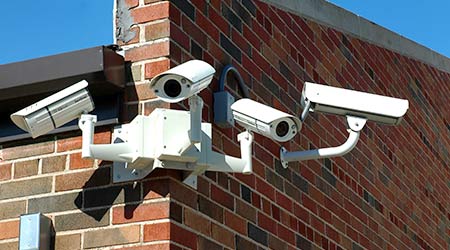
Legionella Plan and Water Management Plan: What’s the Difference?
October 26, 2018
As reports of Legionnaires’ disease continue to spread, managers in institutional and commercial facilities are revisiting their plans designed to protect the health of building occupants and visitors.
In updating and implementing these measures, however, managers must be careful. A Legionella plan is not the same as a water management plan, says Thom Wellington on Healthcare Facilities Today. State and accreditation inspectors know the difference, even though it might be slight, and they can issue a violation for the mistaken identity, says Wellington, founder and CEO of Wellington Environmental.
A water management plan encompasses much more than just sampling for Legionella in cooling towers or in other water devices or features in the facility. A plan in this sense is meant to include a group of people in each facility that not only understand water use and flows. They also must be stakeholders in taking corrective action and understanding occupant health conditions.
A water management plan is not just a preventive maintenance task on a schedule that managers can check off on a form. This plan requires a committee that reviews, understands, supports, and implements an active protocol for managing water flow within each building.
Developing a water management plan instead of just a Legionella plan is more beneficial to keeping a building’s occupants safe. The water management plan requires a larger stakeholder involvement in managing the safety of the facility’s water condition.
Cathryn Jakicic is healthcare industries editor of FacilitiesNet.com. For more information on hospital campuses and other medical facilities, click here.
Next
Read next on FacilitiesNet












